Monumentality Across Media And Sizes
By: Eva Slunečková
Photo: Kengo Kuma, Lasvit
SUBJECT 1: MONUMENTALITY
When I was a little boy, I saw the stadium that Kenzo Tange designed for the 1964 Tokyo Olympics. I was fascinated by its otherness. It was very different from the other buildings. It’s a unique engineering structure of two columns with a roof suspended between them. At the time, Japan was recovering from World War II. The aim of the monumentality of that era was to “touch the sky”, which Tange accurately captured – he connected the earth and the sky with a dramatic gesture. It reminds me of Mount Fuji. It’s a dramatic building, but at the same time a very natural one.

That day, I was ten years old, I decided to become an architect. An unforgettable day. In 2021, when I designed Meiji-Jingu Park for the second Tokyo Olympics, I took a different approach. For me, monumentality of 2021 is about balancing. It’s about using local, natural materials and practices, and it’s about atmosphere.
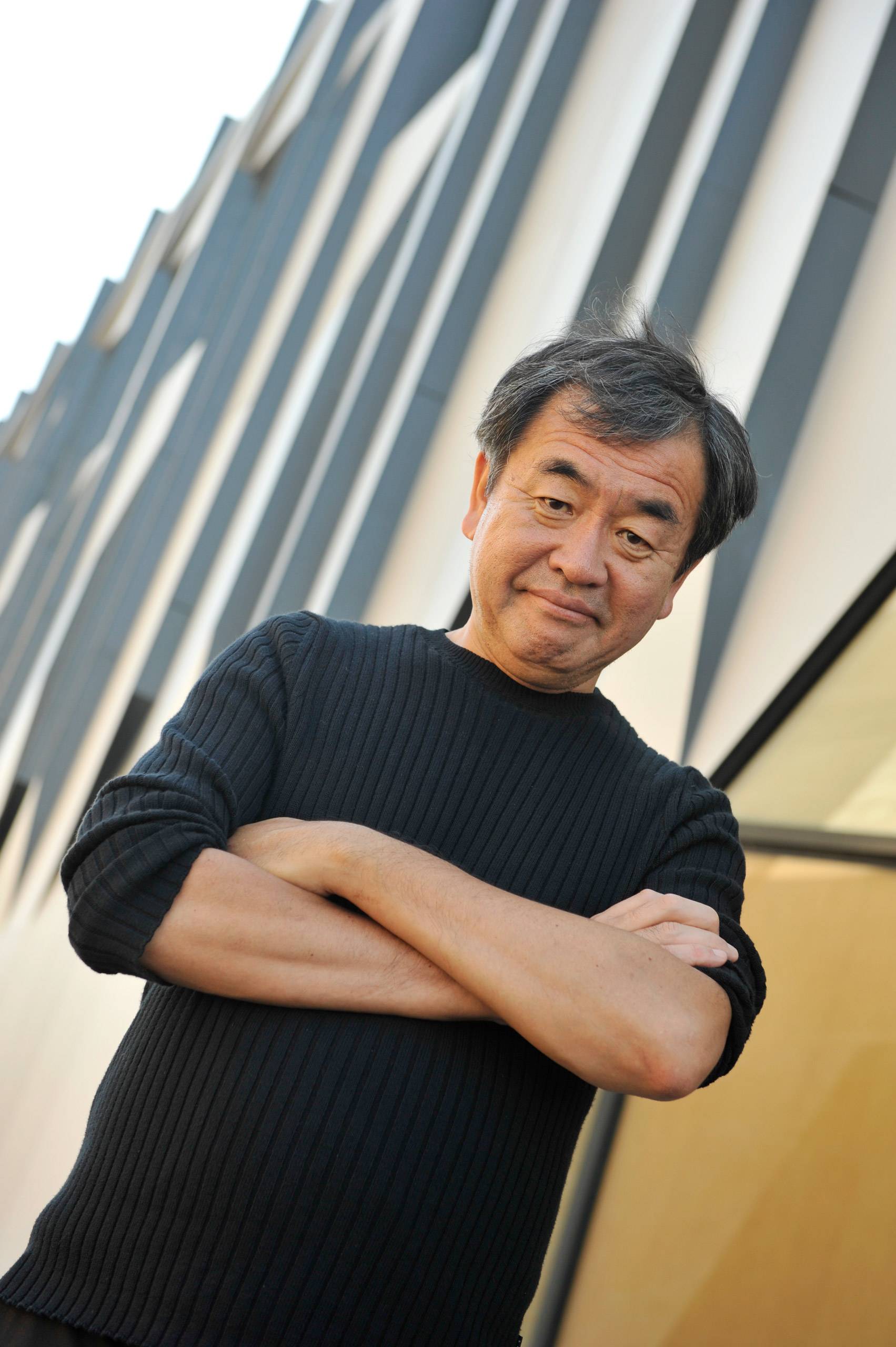
A dreamlike fascination with nature and movement in connection with a new Constellation collection by David Rockwell.
Something MesmerizingInterplay of glass, light and imagination lies behind extraordinary bespoke installations. Regardless of whether it is an intimate space or a large interior.
SUBJECT 2: ATMOSPHERE
In the 20th century, we’re thinking about architecture more like an image. Then the building is very photogenic but the relationship to the context is very poor. I want to recover the connection between materials, natural light and location. This combination can bring strong impact to the people. Atmosphere is coming from the materials and from the harmony created between them and the natural light. Because light is one of the most important elements in any interior. How to manage the shadows and reflection, that’s much more important than the shape of the building itself.
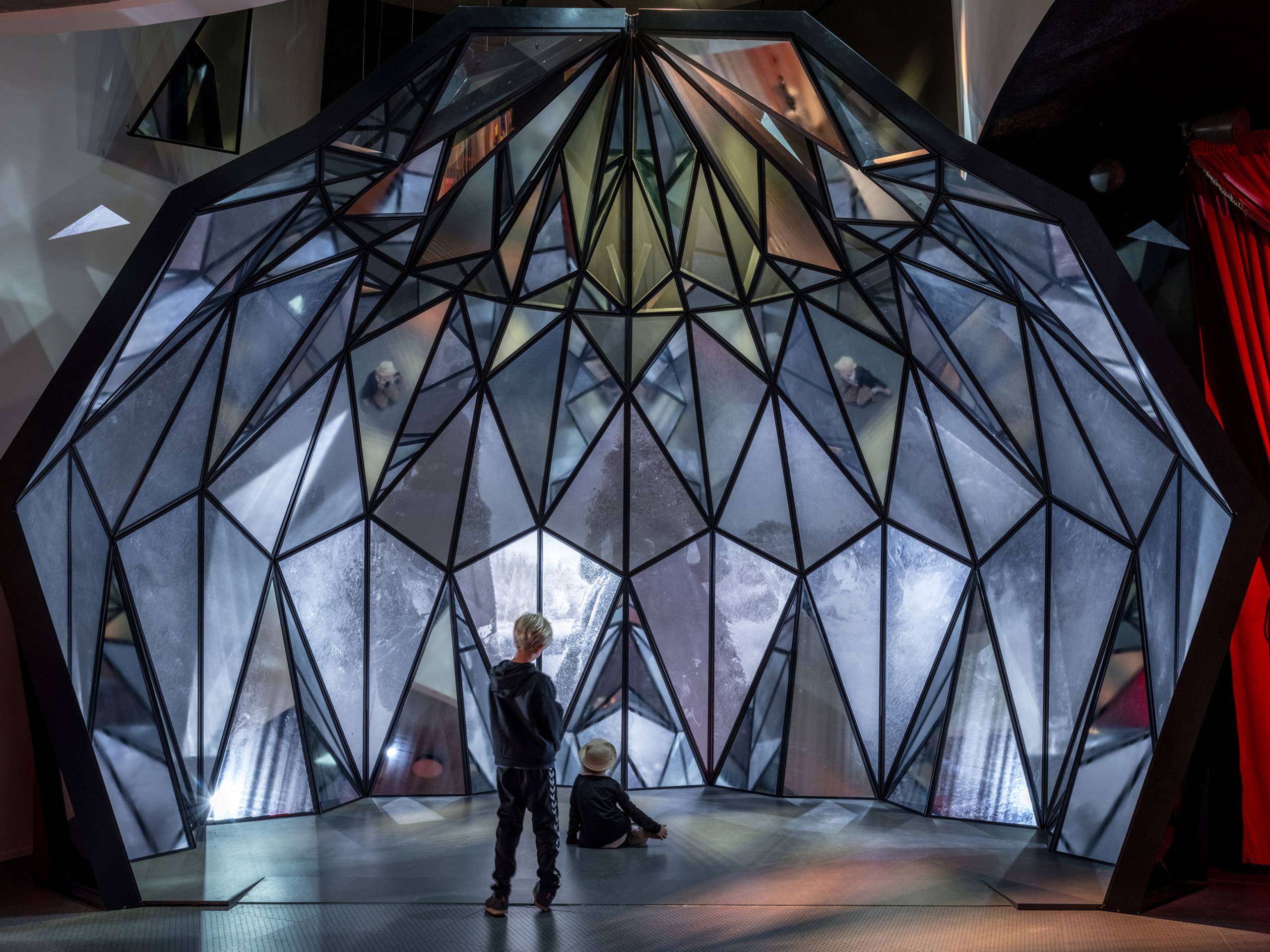
For example, my project of Hans Christian Hus in Odensee is very much linked with the town itself. Odensee is full of very humble buildings, which I didn’t want to overcome. The house had to be part of the community. At the same time, I wanted to give some kind of suprise to the visitors. Carved walls and wooden frames are startling to the visitors, especially the kids, who are the main guests here. The goal is for them to walk away with an unforgettable experience, which is a role very important for architecture and design.
“You need patience and time. Many small steps lead you to climb the wall at the end.”Dare to Dream
Allow yourself to switch off and let your imagination take over. Awaken them with the symbolism embedded in hand-blown artworks.
Beauty is a Relative ThingArt can touch even the most intimate corner of the human soul. Which works have recently moved Lasvit’s designers and artists? Get inspired by the ultimate selection from across the world.
SUBJECT 3: NATURE
When we talk about the use of materials in general, one thing that gets forgotten is scale. For example, concrete is a great material but we can’t find a human scale in it. Wood as a natural material is always compatible with the size of the human body. That’s why you can give an intimate human scale to the building because it’s much more familiar to us.
You can feel intimacy from traditional Japanese buildings made of natural materials because in Japan we use a unique modular system based on the size of the human body. But even in modernistic buildings, such as Tugendhat vila in Brno you can see how beautiful feelings come from natural materials such as stone. Natural materials tell you how to use them.

How to travel when you can’t move from your house? Through an art installation!
The Unexpected Symboll-ism of FunghiMushrooms are more a part of our everyday lives than we think. The Czech studio LLEV has now figured out how to incorporate mycelium into glass production. Meet their revolutionary idea: glass moulds grown from funghi!
SUBJECT 4: TEXTURES
Textures created by nature are very inspiring to me. They always exceed our expectations and hide many surprises. My long-standing desire has been to translate these textures into glass, which is also a natural material. I was fascinated by the flow of water in the forest, which for me creates a very special feeling of encountering a living organism. Also, glass can bring that kind of feeling to people, like unbridled water, and convey it to them in ordinary activities such as drinking a beverage. The Yakisugi collection should be such a memento of the forest in people’s everyday life.
““I would like to change the definition of architecture by creating a much closer connection of old artisan crafts and technologies.””

Muted, diffused, coloured or otherwise distorted light passing through glass in architecture is what astonishes us and stimulates our senses.
How Thin Can Strong Ice BeJoin us on a tour through a unique glacier cave designed by Wanda Valihrachová. It‘s ice-like, yet dazzling, and elevating the shopping experience to alpine heights.
Hand-made ExperimentsDesigner Jan Plecháč celebrates a decade of testing shapes, surfaces and materials and the launch of the new Hidden Light collection. Together with Henry Wielgus, they have imprinted it with a relationship to craft and post-industrialism.
SUBJECT 5: SHARING
My personal childhood memories are very much connected with the forest. My family home was right next to the forest, which was a playground for me. A place where I went instead of the garden, which was too artificial for me. In the woods, I naturally encountered wildlife, insects, wild plants…
The forest is a magical world that can change you forever and teach you many things about the world and about rising from its mundanity. Its importance in Japanese culture is evidenced by the fact that it is always located near a shrine or temple and these spaces are often visited. The forest is a perfect shared space where you can meet anyone. It is these places that are often missing in cities and care should be taken to bring them back.

Design as a tool for naming the changing Ukrainian society and its rediscovered identity. Interview with Victoria Yakusha, founder of Faina Studio.
Of Ice and MenFollow our futuristic tribe on a way to transcendence out of a flawed world. They are treading the path for each one of us. For everyone who yearns for ascension.
SUBJECT 6: CONNECTION
Humanity should be a permanent part of nature. We are now deliberately separating the two. In modernism, it was popularized by Le Corbusier and his pilots – it was a way to consistently separate humans from nature. I am trying to reverse this process and bring nature back to people. It’s definitely one of the challenges for architecture in the wake of the Covid-19 pandemic.
We’re entering a whole new chapter. After Covid, people often think we should get away from big cities, which are stressful, dirty, chaotic… But I think that post-pandemic architecture should bring a new relationship with the environment and focus much more on the nature around the buildings and the urbanism. A new age of architecture is coming and we are part of its creation.
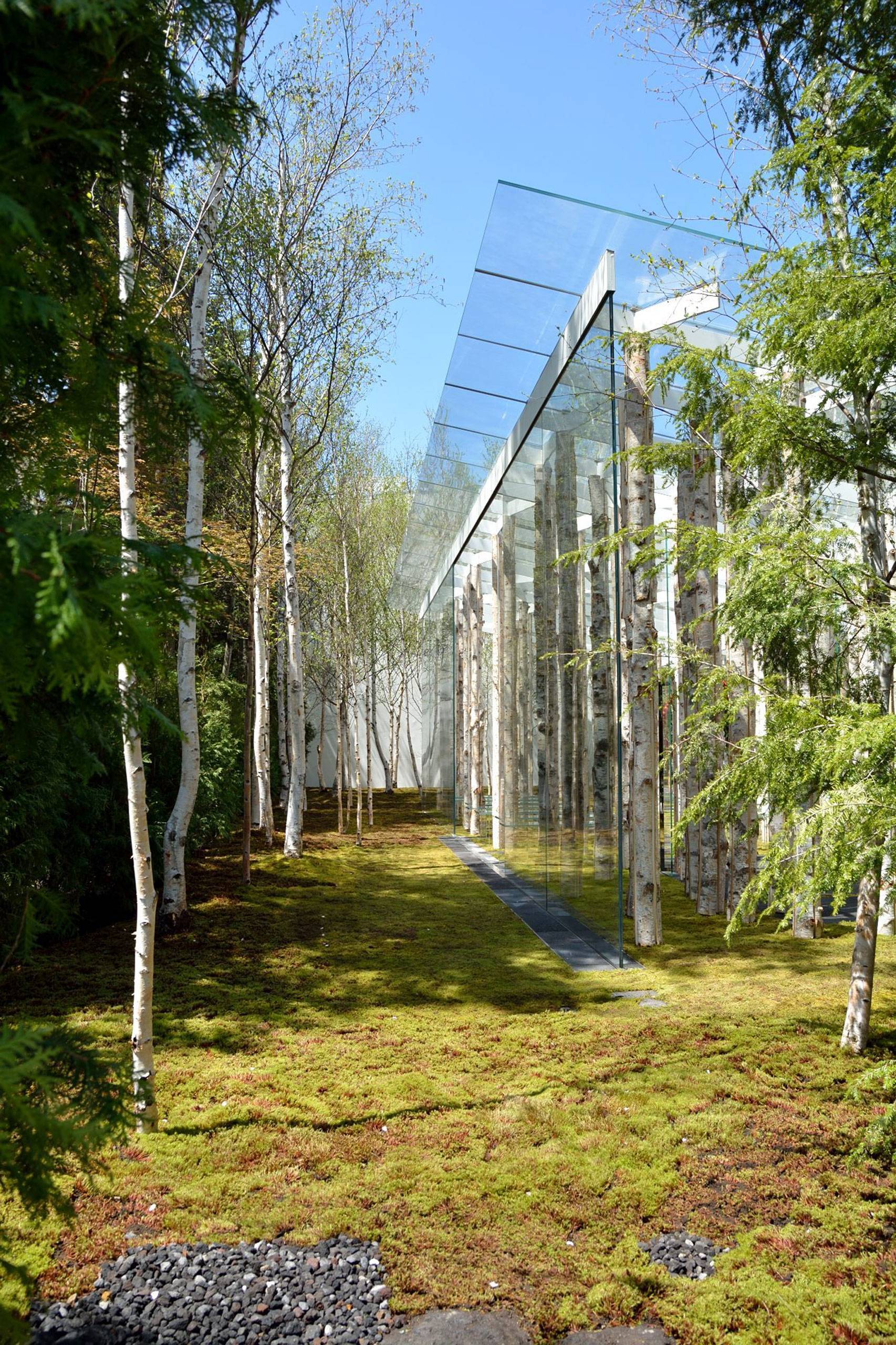
““In the 20th century we’re thinking about architecture more like an image.””Draped in a Translucent Gown
Even the wall of the house should not prevent the connection with the immediate surroundings. Be part of the view thanks to innovative glass walls.
SUBJECT 7: INNOVATIONS
My studio and I would like to change the definition of architecture. Our goal is to create a new type of architecture defined by innovation. We work with new technologies and combine them with old crafts and principles. We believe that this combination can bring about a change in the field. We want to innovate architecture and design and bring it closer to a more sustainable future.
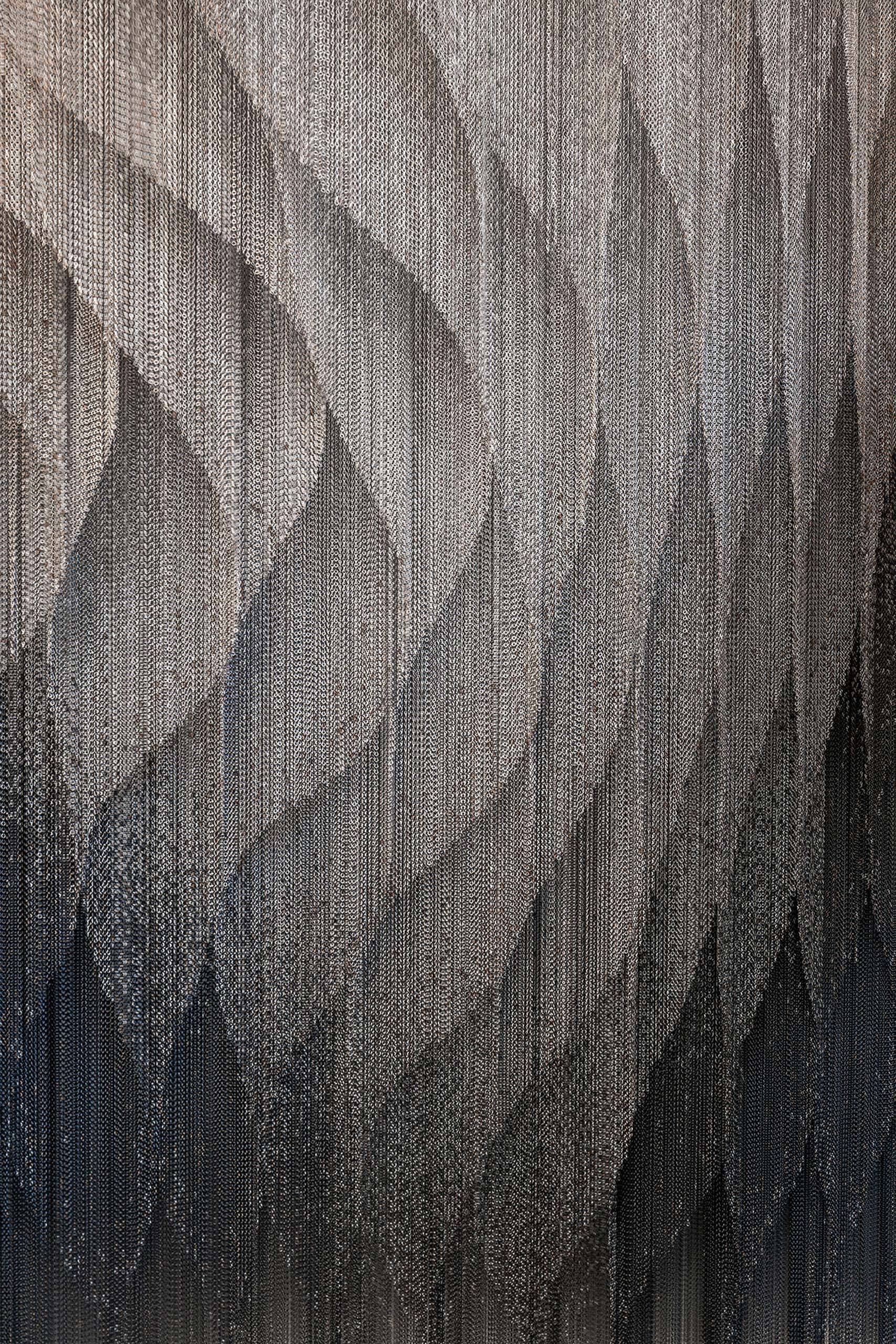
Old buildings in particular bring me great inspiration. Last time it was Antoni Gaudi’s timeless Casa Batllo in Barcelona. I visited it for the first time forty years ago and today, after so many years, I have found many new impulses in it again.
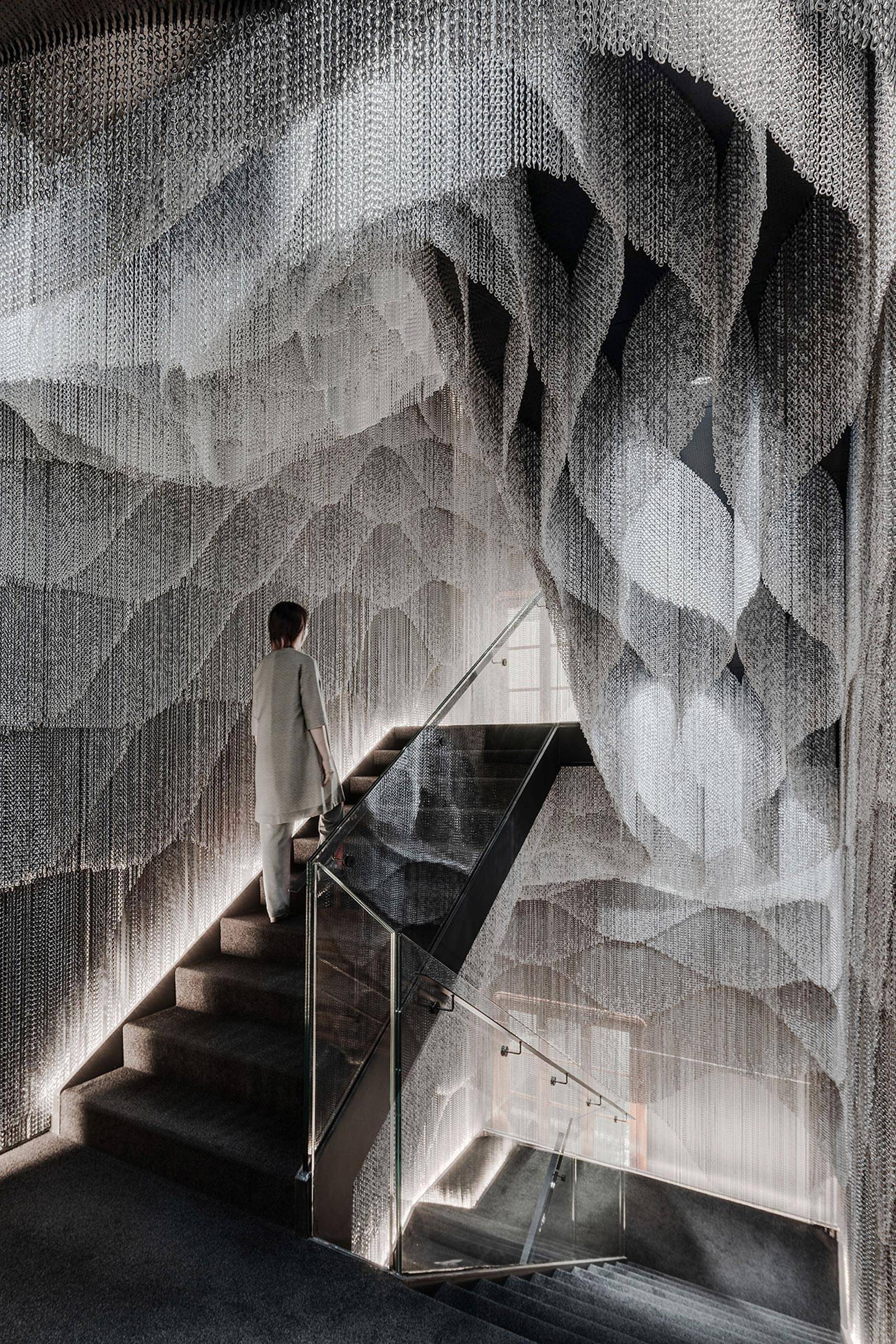
Humble and talented. Invisible and indispensable. Portrait of the glassmaker Marek Effmert, who is bridging the gap between the wildest fantasies of the artists and their final physical form.
The ElusiveWorld-famous architect, designer and glassmaker Bořek Šípek, whose driving force was experimentation. Across styles, disciplines, materials or forms. Get to know his eccentric and quite exceptional work through imaginative collages.
Kengo Kuma is a renowned Japanese architect and professor at the University of Tokyo Graduate School of Architecture founded Kengo Kuma & Associates in 1990 after receiving his degree from the University of Tokyo in 1979. His architectural firm has completed a number of highly acclaimed and award-winning projects in Asia, Europe and the USA. Among others, he has designed the Japanese National Stadium in Tokyo, V&A Museum, Dundee in the UK, Takanawa Gateway Station in Tokyo or the modern Odunpazari Museum in Eskişehir, Turkey. He is known as a prolific writer, with widely read books published in English, Chinese and Korean. Kuma has been part of the Lasvit family since 2017, when he designed the Yakisugi collection, inspired by natural textures.